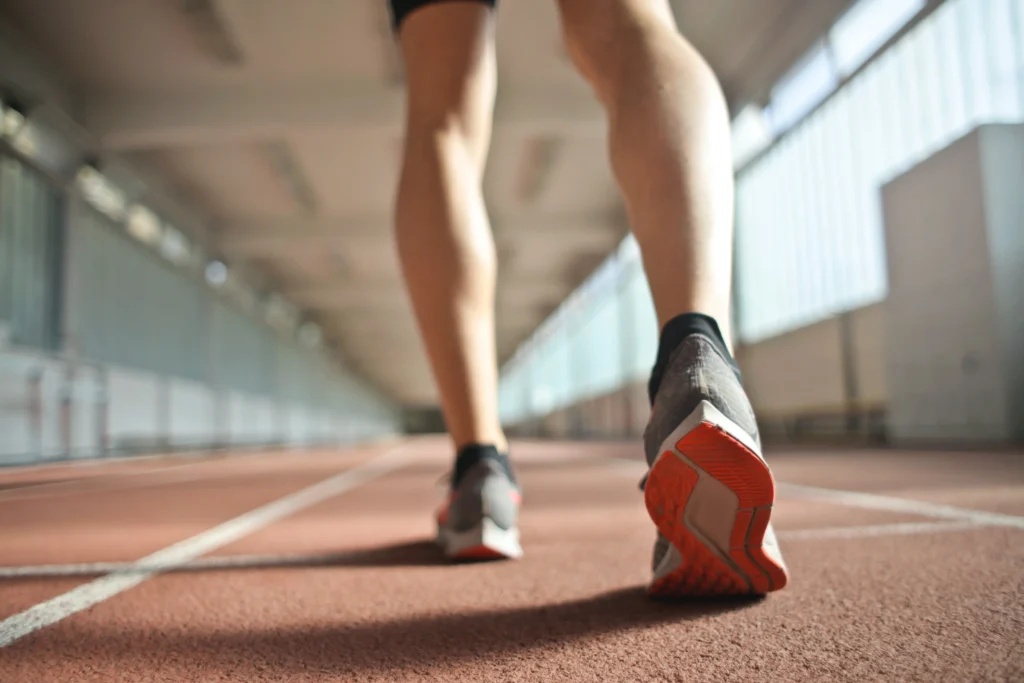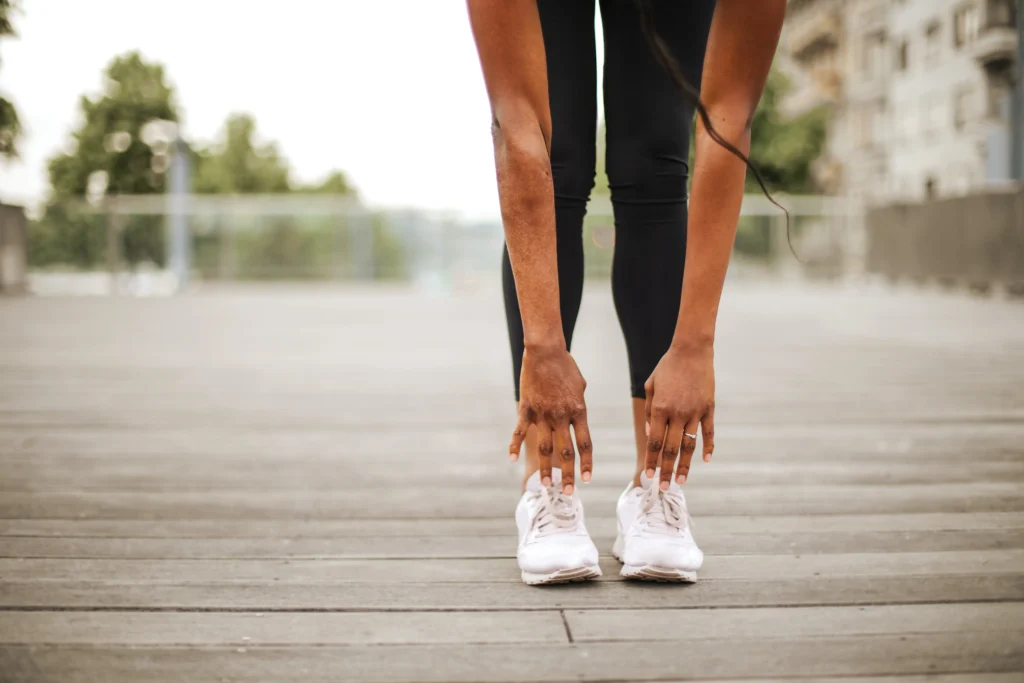Are you looking for a way to improve your physical and mental health? If so, then regular workouts may be the answer. Exercise has numerous benefits that can help improve your overall quality of life. Regular workouts and warm-up can have a significant impact on your physical health. Regular exercise can help reduce the risk of chronic diseases, such as heart disease, stroke, and diabetes.
It can also help improve your cardiovascular health, increase muscle mass and strength, and maintain a healthy body weight. Regular exercise has also been shown to help improve sleep, boost energy levels, and improve your overall physical appearance.
Warm-up exercises are an essential part of any workout routine, yet often overlooked or rushed through. Whether you are a seasoned athlete or just starting out, incorporating a proper warm-up before your workout can help prevent injury, improve performance, and enhance recovery.
Importance of Warm-up
Warm-up exercises are an essential part of any workout routine and offer numerous benefits, including preventing injury, improving performance, and enhancing recovery. Whether you are a seasoned athlete or just starting out, incorporating a proper warm-up before your workout can help you get the most out of your fitness routine. Here are some benefits that you can achieve by doing warm-up before workout.
Preventing Injury
One of the most significant benefits of warm-up exercises is that they help prepare your body for the physical demands of your workout. By gradually increasing your heart rate, blood flow, and body temperature, warm-ups can help loosen up stiff muscles, increase range of motion, and reduce the risk of injury. This is especially important for people who engage in high-impact or resistance training exercises, as these activities can put a significant amount of stress on your joints and muscles.
Improving Performance
Warming up before your workout can also help improve your overall performance. By preparing your body for physical activity, warm-ups can enhance your power, speed, and endurance, allowing you to get the most out of your workout. This is especially true for high-intensity workouts, where proper warm-up routines can help you perform better and reduce the risk of fatigue.
Enhancing Recovery
In addition to preventing injury and improving performance, warm-up exercises can also help enhance recovery. By gradually increasing your body temperature and blood flow, warm-ups can help reduce muscle soreness and improve circulation, which can speed up the recovery process. This is especially important for people who engage in intense or repetitive exercises, as these activities can put a significant amount of stress on your body.

Incorporating Warm-Up Exercises into Your Routine
To get the most out of your warm-up exercises, it is essential to incorporate them into your fitness routine. This can involve a combination of light cardio exercises, such as jogging or jumping jacks, dynamic stretching, and foam rolling. The key is to find a warm-up routine that works for you and to make it a regular part of your fitness routine.
Types of Warm-up Exercises
Warming up before a workout is an essential step to preparing your body for physical activity. By gradually increasing your heart rate, blood flow, and body temperature, warm-up exercises can help reduce the risk of injury, improve performance, and enhance recovery. We will explore the various types of warm-up exercises, along with their benefits.
Light Cardio Exercises
Light cardio exercises are a great way to get your heart rate up and warm up your muscles before a workout. This type of warm-up exercise can include activities such as jogging, jumping jacks, or cycling at a low intensity. These exercises can help increase blood flow to your muscles and prepare your body for more intense physical activity. Some good light cardio exercises are:
Jogging
Jogging is a light cardio exercise that involves a gentle, steady jog. This type of exercise is a great way to warm up your muscles and get your heart rate up before a workout. To perform jogging, simply jog at a slow and steady pace for 5 to 10 minutes, gradually increasing your speed and intensity as you go.
Walking
Walking is another simple light cardio exercise that can be a great way to warm up your body before a workout. Whether you prefer to walk outside or on a treadmill, this exercise is a low-impact way to get your heart rate up and warm up your muscles. To get the most out of your walking warm-up, aim to walk for 10 to 15 minutes at a moderate pace.
Jumping Jacks
Jumping jacks are a classic light cardio exercise that can be a great way to get your heart rate up and warm up your body. To perform jumping jacks, simply stand with your feet together and arms at your sides. Then, jump and spread your feet apart while bringing your arms overhead, and return to the starting position. Repeat this movement for 1 to 2 minutes to get your heart rate up and warm up your muscles.
Cycling
Cycling is another effective light cardio exercise that can be a great way to warm up before a workout. Whether you prefer to cycle on a stationary bike or outside, this exercise can help increase blood flow to your muscles and get your heart rate up. To get the most out of your cycling warm-up, aim to cycle for 5 to 10 minutes at a moderate intensity.

Dynamic Stretching
Dynamic stretching is another type of warm-up exercise that can help prepare your body for physical activity. This type of stretching involves active movements that mimic the movements you will be performing in your workout. For example, if you are about to go for a run, you might perform dynamic stretches such as leg swings or high knees. Dynamic stretching can help increase flexibility, improve range of motion, and reduce the risk of injury. Some forms of dynamic stretching are:
Leg Swings
Leg swings are a simple dynamic stretching exercise that can help warm up your legs before a workout. To perform leg swings, stand with your feet hip-width apart and place one hand on a wall or stable surface for balance. Then, swing one leg forward and backward, gradually increasing the height and speed of the swing. Repeat this movement for 10 to 15 swings on each leg.
High Knees
High knees is a dynamic stretching exercise that can help warm up your legs and core before a workout. To perform high knees, stand with your feet hip-width apart and run in place, lifting your knees up as high as you can with each step. Repeat this movement for 1 to 2 minutes to warm up your legs and core.
Arm Circles
Arm circles are a dynamic stretching exercise that can help warm up your arms and shoulders before a workout. To perform arm circles, stand with your feet hip-width apart and extend your arms straight out to the sides. Then, make large circular motions with your arms, first in one direction and then in the opposite direction. Repeat this movement for 10 to 15 circles in each direction.
Butt Kicks
Butt kicks are a dynamic stretching exercise that can help warm up your legs before a workout. To perform butt kicks, stand with your feet hip-width apart and run in place, kicking your heels back towards your butt with each step. Repeat this movement for 1 to 2 minutes to warm up your legs.
Foam Rolling
Foam rolling is another type of warm-up exercise that can help prepare your body for physical activity. This type of warm-up involves using a foam roller to massage your muscles and improve circulation. Foam rolling can help loosen up tight or stiff muscles, reduce muscle soreness, and improve flexibility.
It is a form of self-massage that involves using a foam roller to apply pressure to specific areas of the body. By rolling over tight or sore muscles, you can help release tension and improve circulation, which can help speed up muscle recovery and reduce the risk of injury.
To foam roll, you will need a foam roller and a clear space to exercise. To begin, lie on the foam roller with the area you want to massage directly on top of the roller. Use your body weight to apply pressure to the area, and roll back and forth over the roller for 1 to 2 minutes.
In conclusion, foam rolling is a great way to improve muscle recovery and flexibility. By applying pressure to specific areas of the body, you can help release tension in tight muscles, improve circulation, and reduce the risk of injury. Whether you’re a beginner or an experienced athlete, incorporating foam rolling into your routine can help keep your muscles healthy and ready for your next workout.
Static Stretching
Static stretching is a type of stretching that involves holding a stretch for a set period of time. While static stretching can be beneficial, it is not typically recommended as a warm-up exercise, as holding a stretch for a long period of time can actually decrease performance and increase the risk of injury.
To perform static stretching, find a comfortable and stable surface, such as a mat or towel, and lie down or stand in a relaxed position. Then, stretch the desired muscle or group of muscles to a comfortable point and hold the position for 20 to 30 seconds. Repeat the stretch 2 to 3 times for each muscle group.
Common Static Stretches
There are many different static stretches that can be performed, including:
- Hamstring stretch
- Quad stretch
- Calf stretch
- Chest stretch
- Tricep stretch
- Hip flexor stretch
To get the most out of your workouts, it is essential to make exercise a priority. This can involve setting aside time each day or week to engage in physical activity, whether it be through structured exercise, such as weightlifting or running, or through more informal activities, such as hiking or playing sports. The key is to find a physical activity